Fire Restoration Services
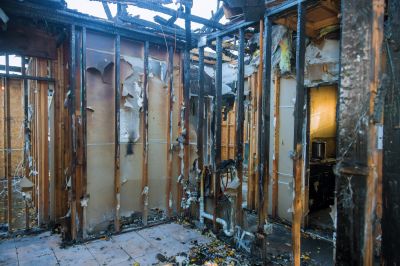
Spring and early summer are ideal for fire restorations due to milder weather and reduced humidity.

Late summer and fall may see higher demand, making scheduling more challenging.

Dry, moderate temperatures facilitate effective cleaning and repair processes.

Ways to make Fire Restorations work in tight or awkward layouts.
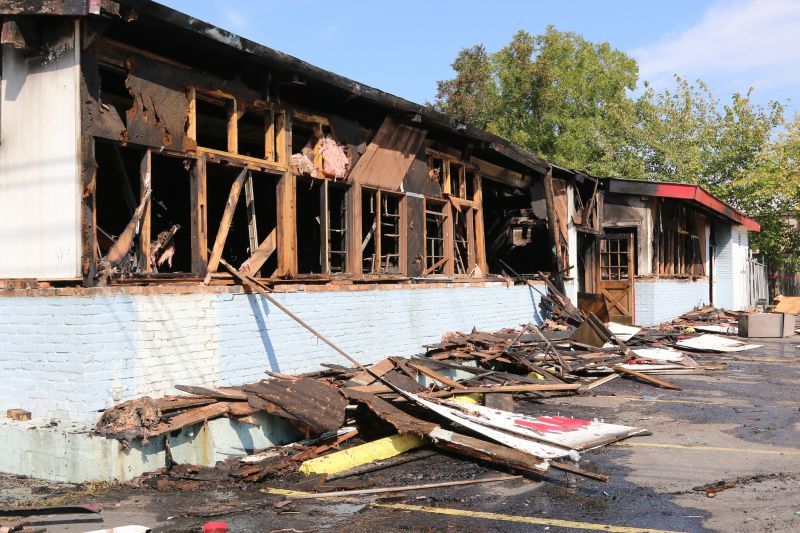
Popular materials for Fire Restorations and why they hold up over time.

Simple add-ons that improve Fire Restorations without blowing the budget.
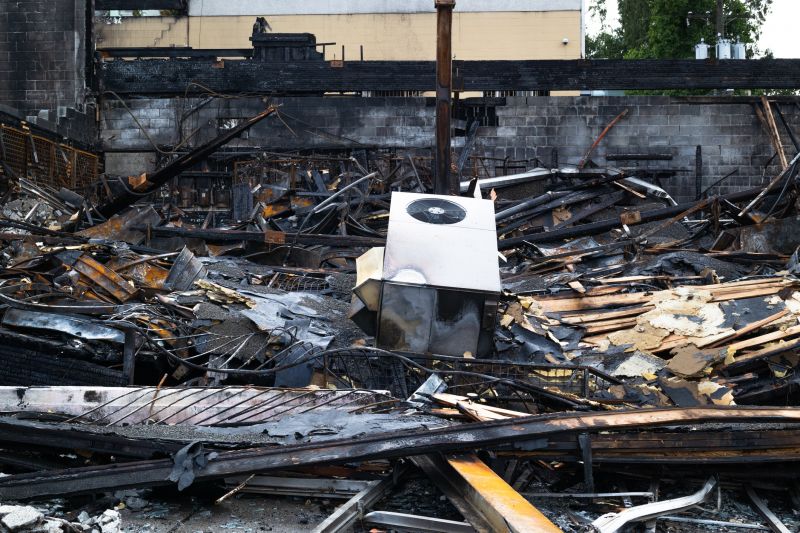
High-end options that actually feel worth it for Fire Restorations.
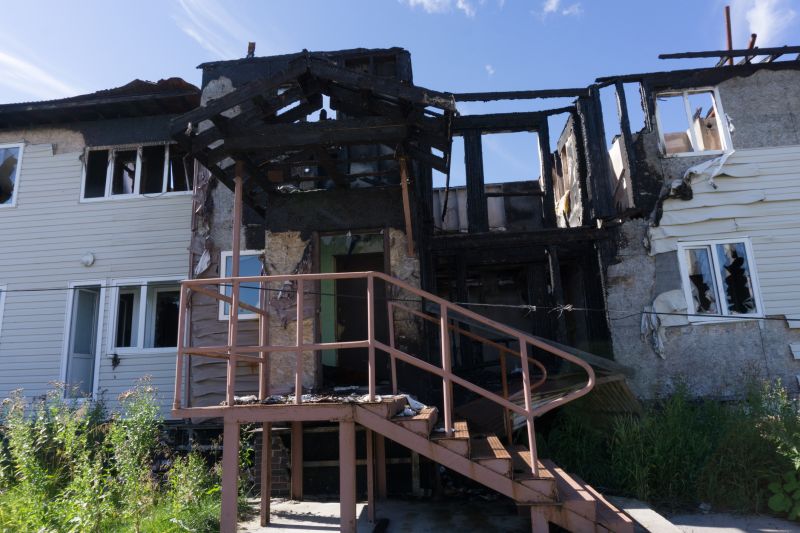
Finishes and colors that play nicely with Fire Restorations.
Fire restorations involve repairing and restoring properties affected by fire damage. This process includes cleaning soot and smoke residues, removing charred materials, and restoring structural integrity. Timely restoration minimizes secondary damages such as mold growth and structural deterioration. According to industry statistics, early intervention can reduce restoration costs by up to 25% and improve recovery time.
The best time for fire restorations depends on weather conditions and seasonal demand. Spring and early summer often provide the most favorable conditions for effective restoration work. Cooler temperatures and lower humidity levels help in thorough cleaning and drying processes. Additionally, scheduling during off-peak seasons can lead to faster service and potentially lower costs.
Prompt fire restoration reduces long-term damage and limits health risks from smoke and soot.
Restoration work is typically more efficient in dry and moderate weather conditions.
Techniques include soot removal, structural repairs, and deodorization to restore property condition.
Timing can influence costs, with early restoration often being more economical.
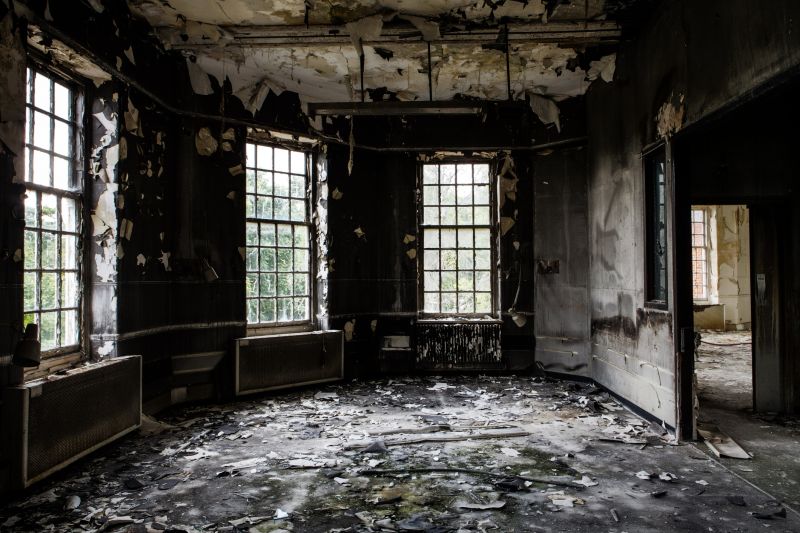
Assessing damage to determine the scope of restoration needed.
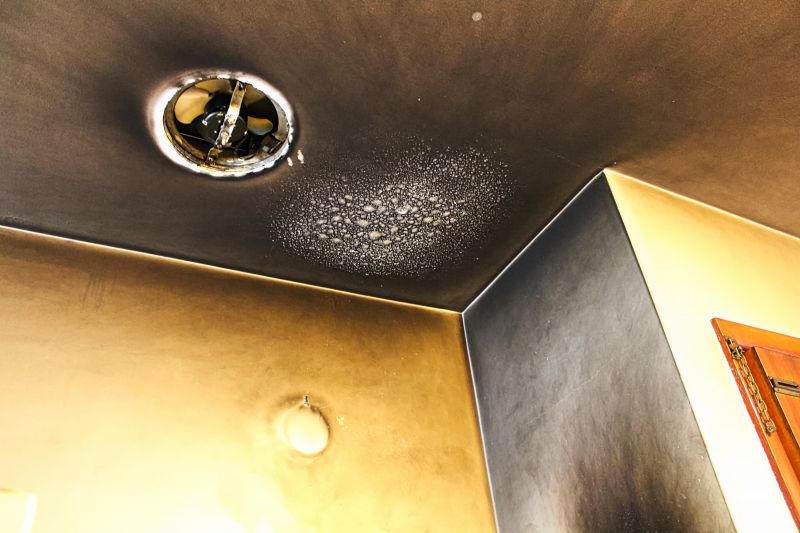
Removing residues to prevent further deterioration and health hazards.
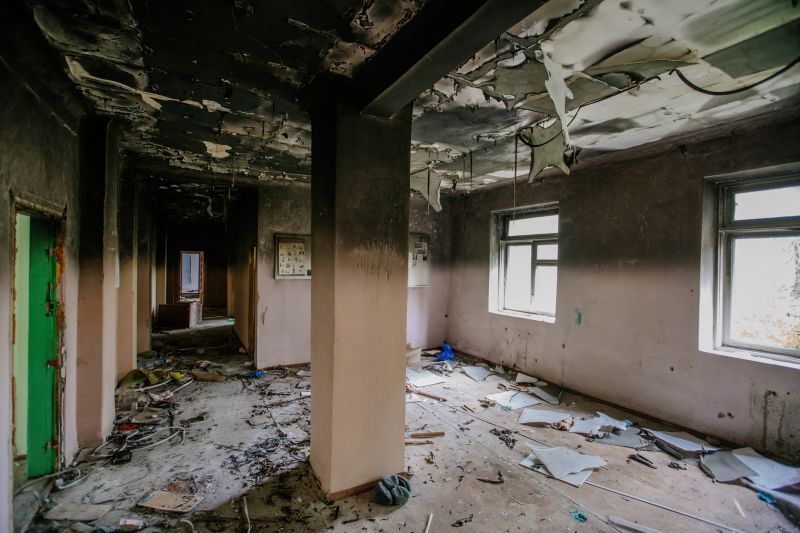
Restoring the integrity of walls, roofs, and foundations affected by fire.
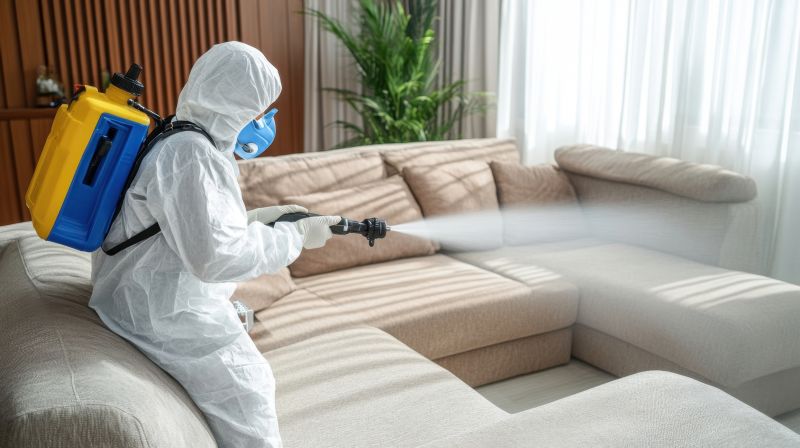
Using specialized equipment to eliminate smoke odors from interiors.
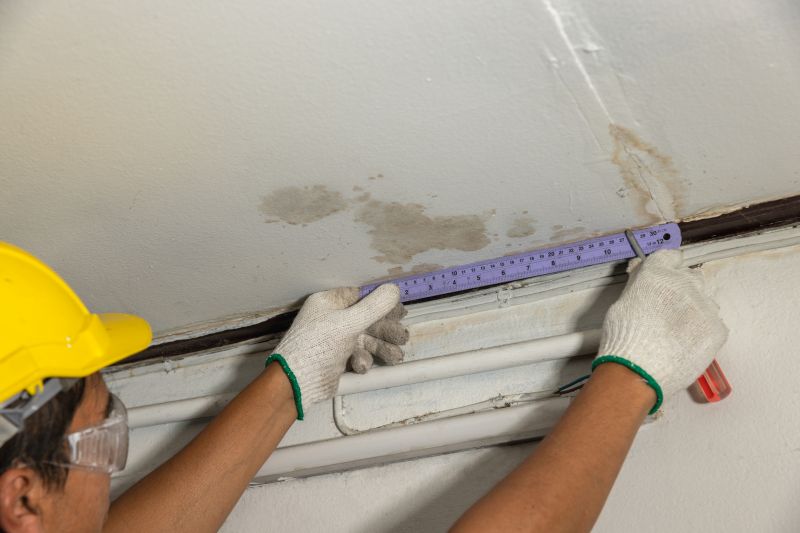
Little measurements that prevent headaches on Fire Restorations day.
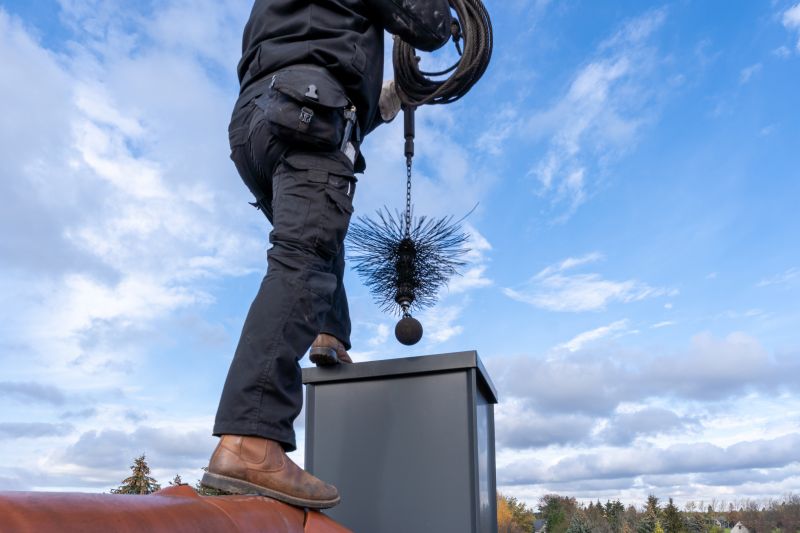
A 60-second routine that keeps Fire Restorations looking new.

A frequent mistake in Fire Restorations and how to dodge it.
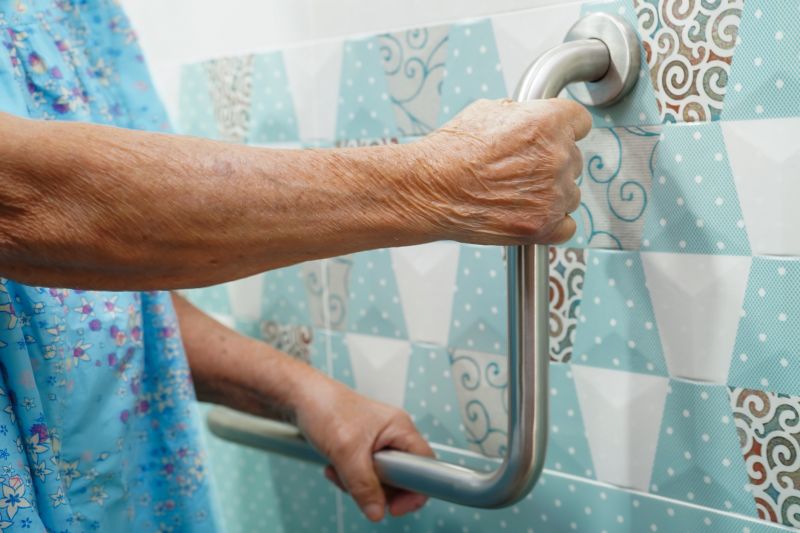
Small tweaks to make Fire Restorations safer and easier to use.
| Season | Advantages |
|---|---|
| Spring | Optimal weather conditions and lower demand |
| Early Summer | Favorable temperatures for drying and cleaning |
| Late Fall | Less crowded scheduling options |
| Winter | Potential challenges due to cold and humidity |
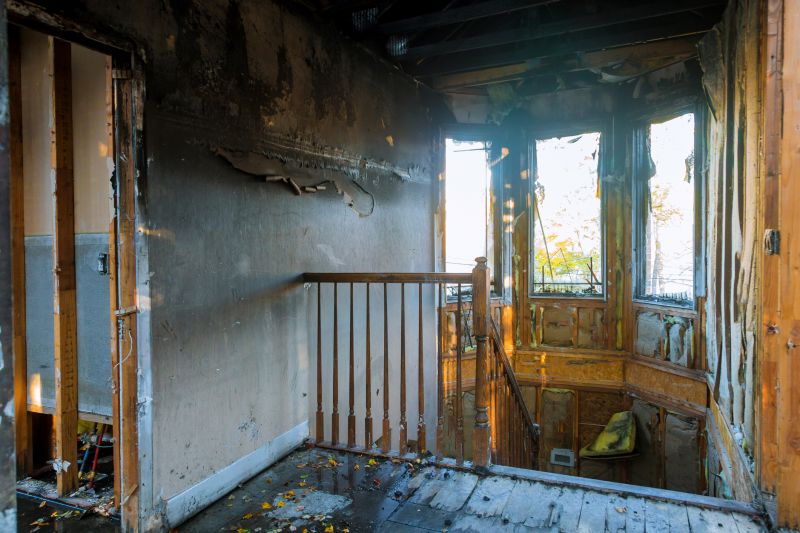
Identifying the extent of damage to plan effective restoration.
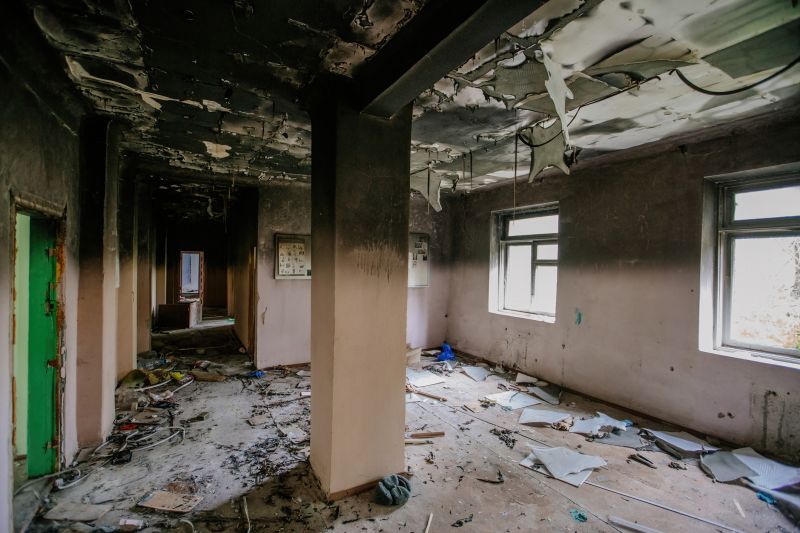
Critical for restoring air quality and property appearance.
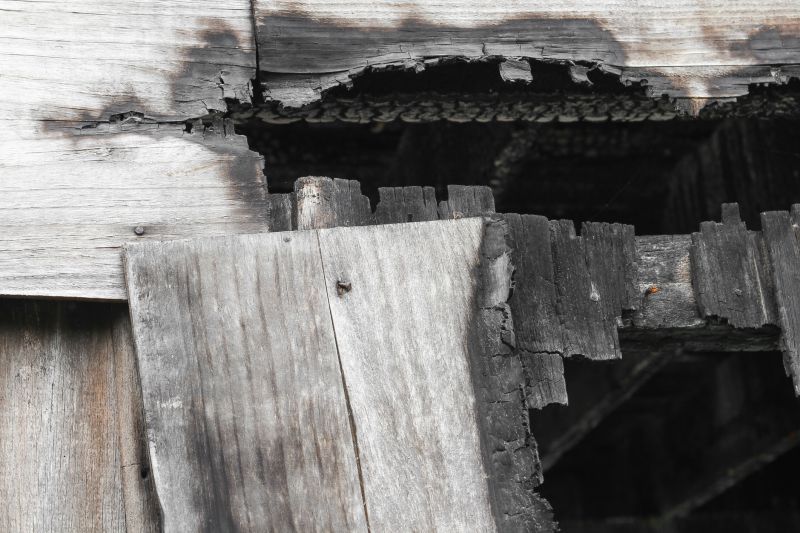
Rebuilding and repairing affected structural components.
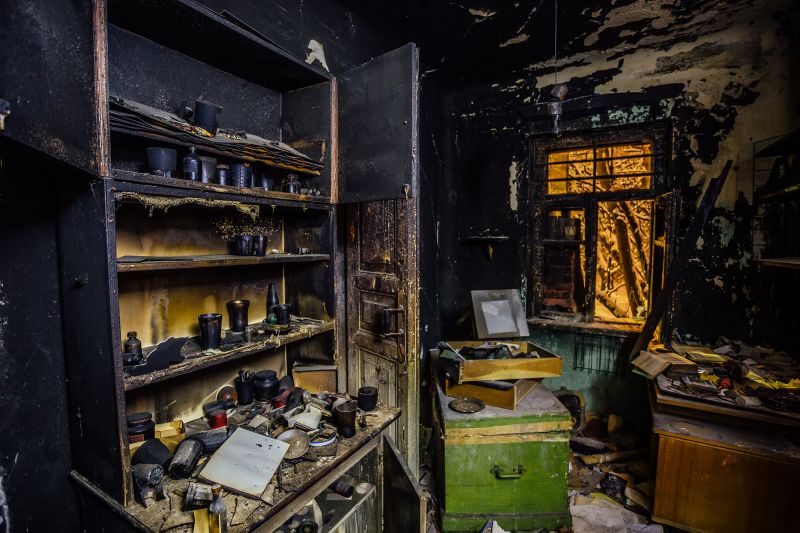
Eliminating persistent smoke odors for a fresh indoor environment.
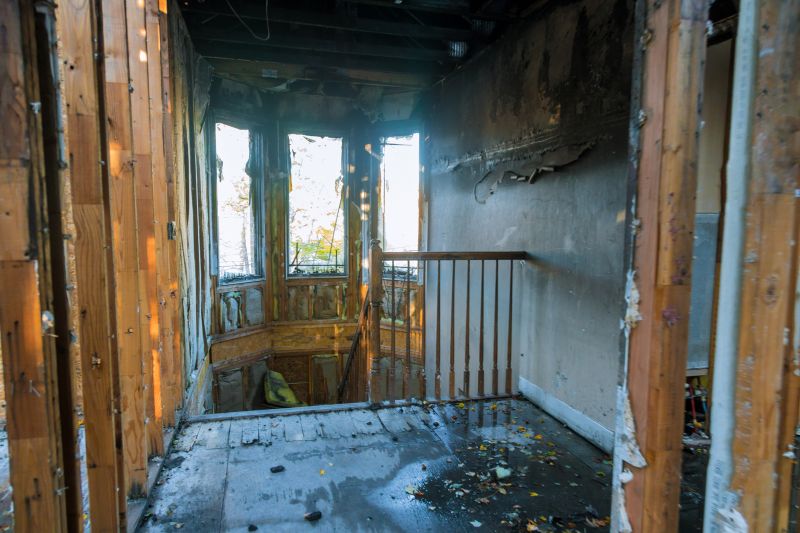
Lower-waste or water-saving choices for Fire Restorations.

The short, realistic tool list for quality Fire Restorations.
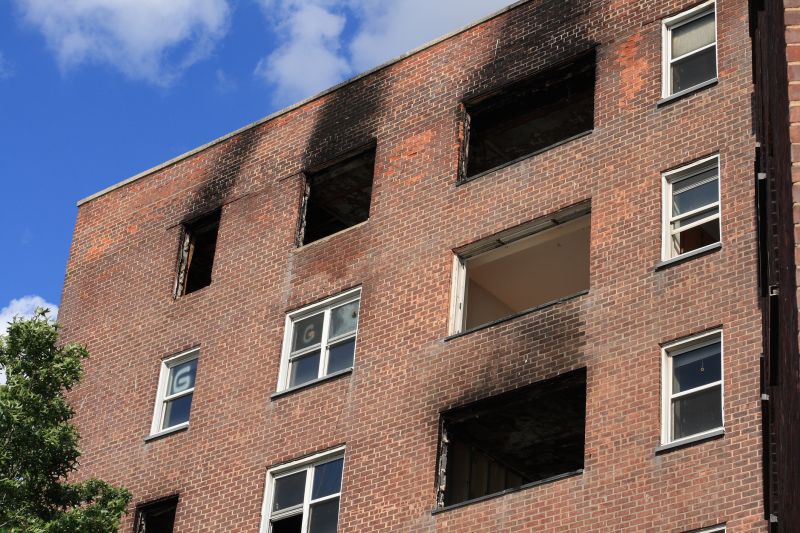
Rough timing from prep to clean-up for Fire Restorations.

Quick checks and paperwork to keep after Fire Restorations.
Interested property owners are encouraged to contact for more information about fire restoration scheduling and services. Proper timing ensures the most efficient and cost-effective recovery process, restoring safety and comfort to affected spaces.
